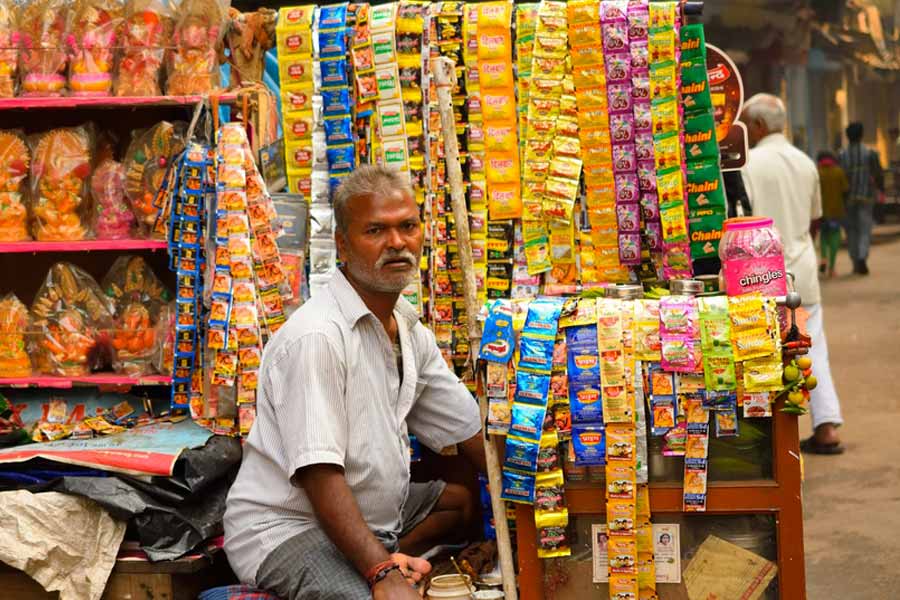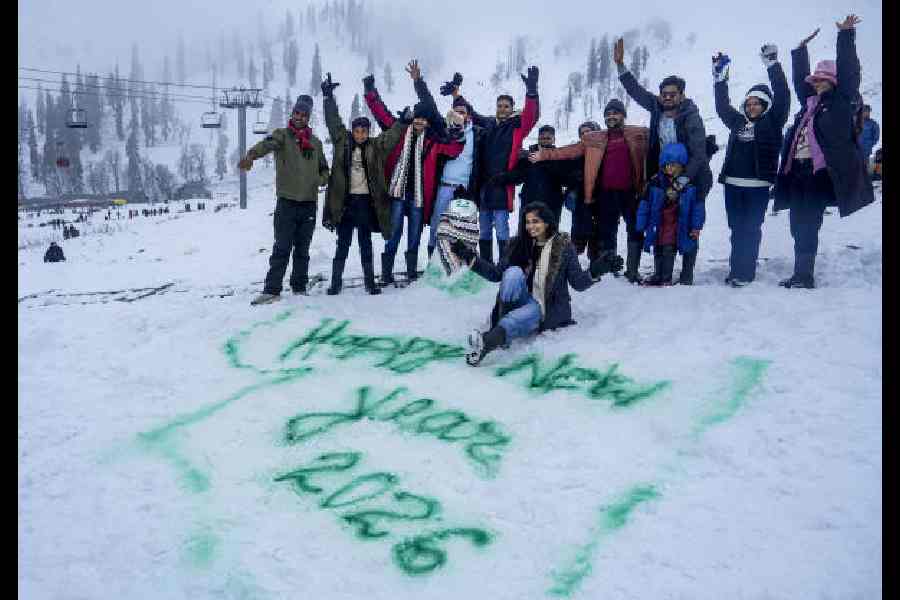 |
Mumbai, Feb. 27: Chief minister Buddhadeb Bhattacharjee believes Bengal should slowly start making the transition from agriculture to industry — and his argument for the shift finds its gravitas in today’s Economic Survey which shows that agriculture’s contribution to the country’s gross domestic product (GDP) has dipped further to 18.5 per cent.
The national economy is growing at 9.2 per cent — one of its fastest growth rates in the past decade. Industry has started to boom and has attained double digit growth at 10 per cent. Just five years ago, industrial growth had plunged to one of its lowest levels at 2.7 per cent.
The economy rests on three pillars: services, industry and agriculture.
Both services and industry are maintaining robust growth this year but agriculture is clearly flagging. “While the share of agriculture in GDP declined to 18.5 per cent, the share of industry and services improved to 26.4 per cent and 55.1 per cent, respectively,” says the Economic Survey.
What is the upshot of this? There is a real danger that the country could start seeing the emergence of two sharply distinct entities: India A and India B. The first is urban centric and dependent on industry and services, and the second is the more sluggish rural India — dependent entirely on agriculture — where the benefits of growth in India A seep very slowly, if at all.
The government realises this only too well and that is why the survey stresses the need to ensure “the inclusive nature of such high growth”. It adds: “Putting more people in productive and sustainable jobs lies at the heart of inclusive growth…. There cannot be inclusive growth without growth itself.”
 |
The tripwire to growth is inflation which has been rising sharply this year. The survey says the government was taking steps to moderate inflation.
But it indicated that it would need to perform a balancing act: “The fight against inflation has to be calibrated so that policies contain inflation without compromising growth.”
The Economic Survey says: “Services contributed as much as 68.6 per cent of the overall average growth in GDP in the last five years between 2002-03 and 2006-07. Practically, the entire residual contribution came from industry.”
And that means that agriculture isn’t pulling its weight. “After an annual average of 3.0 per cent in the first five years of the new millennium starting 2001-02, growth of agriculture at only 2.7 per cent in 2006-07, on a base of 6.0 per cent growth in the previous year, is a cause of concern,” says the survey.
Bhattacharjee has already read the situation and believes that Bengal — which he reckons is in a transition phase — needs to slowly shift from agriculture to industry (see interview in Bengal Unbound). Bengal is still a largely farm-dependent economy with as much as 63 per cent of the land available in the state earmarked for agriculture.
Agriculture still contributes more than industry to the state’s domestic product at 26 per cent against 24 per cent by industry. Bhattacharjee wants to change that by earmarking more land for industry so that the people of the state can get more jobs and derive the benefits of growth.
The chief minister intends to change that if he can. The Economic Survey buttresses Bhattacharjee’s argument but will his detractors listen?











